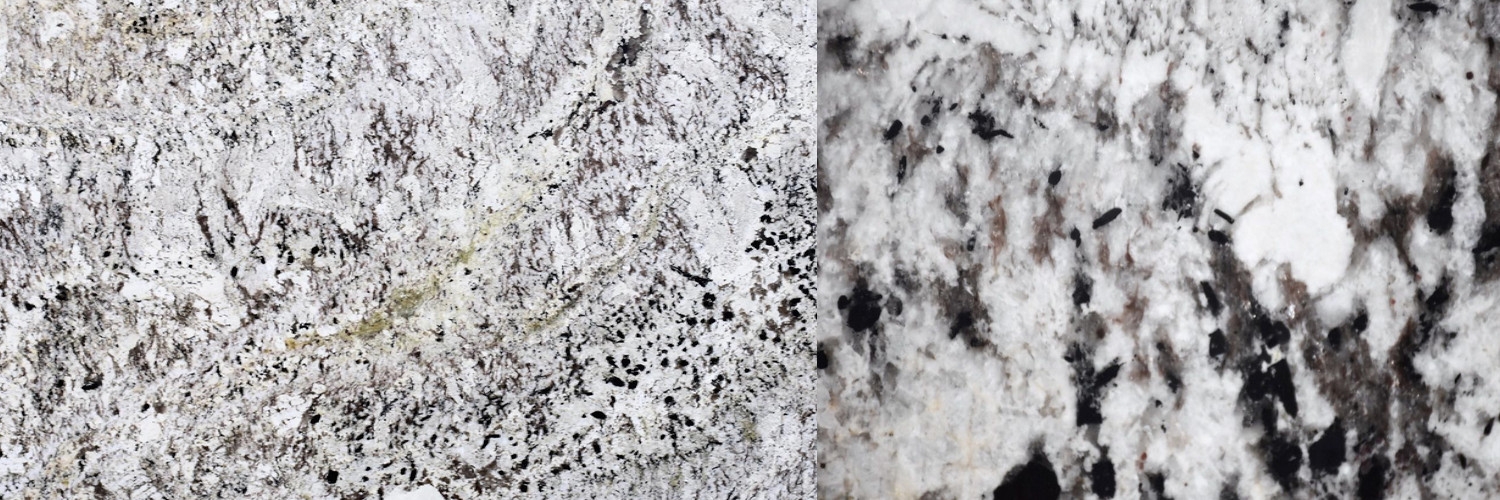Natural Stone ..Know Your Stone

Stone Identification
Know Your Stone
Natural stone can be classified into two general categories according to its composition: siliceous stone or calcareous stone. Knowing the difference is critical when selecting cleaning products.
Siliceous stone is composed mainly of silica or quartz-like particles. It tends to be very durable and relatively easy to clean with mild acidic cleaning solutions. Types of siliceous stone include granite, slate, sandstone, quartzite, brownstone and bluestone.
Calcareous stone is composed mainly of calcium carbonate. It is sensitive to acidic cleaning products and frequently requires different cleaning procedures than siliceous stone. Types of calcareous stone include marble, travertine, limestone and onyx. What may work on siliceous stone may not be suitable on calcareous surfaces.
Stone Finishes
A polished finish on the stone has a glossy surface that reflects light and emphasizes the color and marking of the material. This type of finish is used on walls, furniture tops and other items, as well as floor tiles.
A honed finish is a satin smooth surface with relatively little light reflection. Generally, a honed finish is preferred for floors, stair treads, thresholds and other locations where heavy traffic will wear off the polished finish. A honed finish may also be used on furniture tops and other surfaces.
A flamed finish is a rough textured surface used frequently on granite floor tiles.
Stone Colors and Appearance
Granites and marbles are quarried throughout the world in a variety of colors with varying mineral compositions. In most cases, marbles and granites can be identified by visible particles at the surface of the stone. Marble will normally show "veins" or high concentrations. The minerals in granite will typically appear as small flecks distributed uniformly in the stone. Each type of stone is unique and will vary in color, texture and marking.
Sandstones vary widely in color due to different minerals and clays found in the stone. Sandstone is light gray to yellow or red. A dark reddish brown sandstone, also called brownstone, has commonly been used in the northeastern United States and eastern Canada. Bluestone is a dense, hard, fine-grained sandstone of greenish-gray or bluish-gray color and is quarried in the eastern United States.
Limestone is a widely used building stone with colors typically light gray, tan or buff. A distinguishing characteristic of many limestones is the presence of fossils that are frequently visible in the stone surface. Slate is dark green, black, gray, dark red or multi-colored. It is most commonly used as a flooring material and for roof tiles and is often distinguished by its distinct cleft texture.
